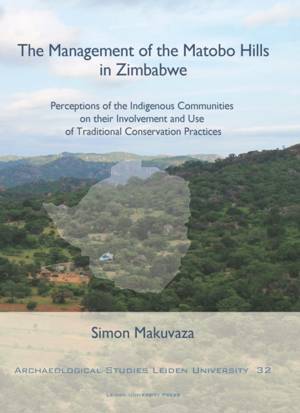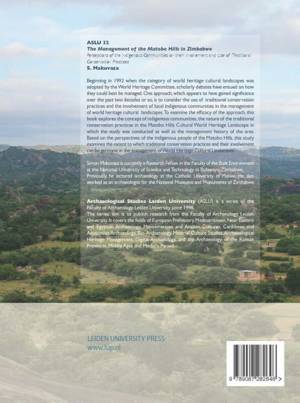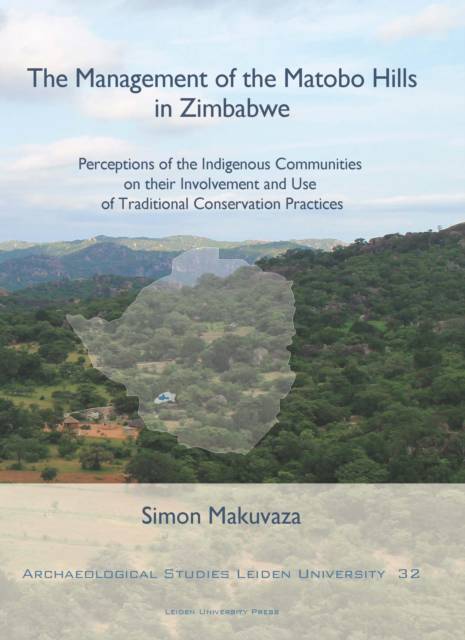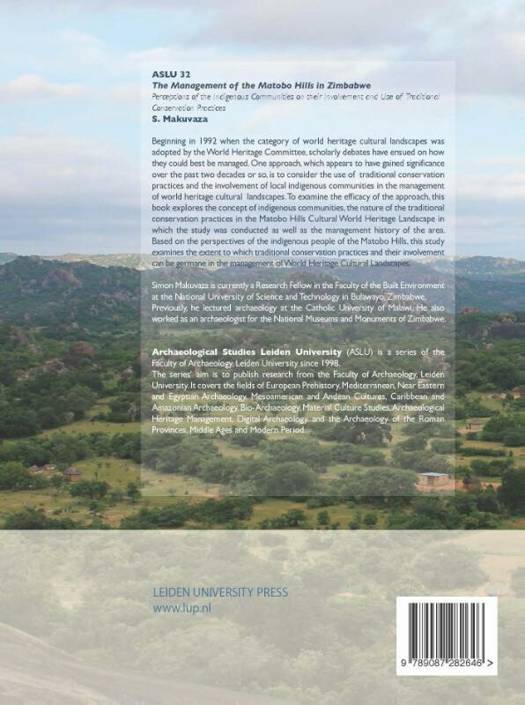
- Afhalen na 1 uur in een winkel met voorraad
- Gratis thuislevering in België vanaf € 30
- Ruim aanbod met 7 miljoen producten
- Afhalen na 1 uur in een winkel met voorraad
- Gratis thuislevering in België vanaf € 30
- Ruim aanbod met 7 miljoen producten
Zoeken


The Management of the Matobo Hills in Zimbabwe
Perceptions of the Indigenous Communities on Their Involvement and Use of Traditional Conservation Practices
Simon Makuvaza
€ 48,00
+ 96 punten
Omschrijving
"Since 1992, when the World Heritage Committee established its category of "cultural landscapes", scholarly debates have ensued on how they could best be managed. One approach, which appears to have gained significance over the past two decades or so, considers using traditional conservation practices as well as engaging local indigenous communities in the stewardship of these exemplary sites. To examine the efficacy of this recent approach, this book explores the concept of indigenous communities, the nature of traditional conservancy in the Matobo Hills Cultural World Heritage Landscape where this study was conducted, as well as the management history of the area. Based on the perspectives of the indigenous people of the Matobo Hills, this investigation studies the extent to which both traditional conservation practices and local involvement can be germane to the administration of World Heritage Cultural Landscapes."
Specificaties
Betrokkenen
- Auteur(s):
- Uitgeverij:
Inhoud
- Aantal bladzijden:
- 138
- Taal:
- Engels
- Reeks:
- Geïllustreerd:
- Ja
Eigenschappen
- Productcode (EAN):
- 9789087282646
- Verschijningsdatum:
- 1/11/2016
- Uitvoering:
- Paperback
- Formaat:
- Trade paperback (VS)
- Afmetingen:
- 208 mm x 269 mm
- Gewicht:
- 258 g

Alleen bij Standaard Boekhandel
+ 96 punten op je klantenkaart van Standaard Boekhandel
Beoordelingen
We publiceren alleen reviews die voldoen aan de voorwaarden voor reviews. Bekijk onze voorwaarden voor reviews.












